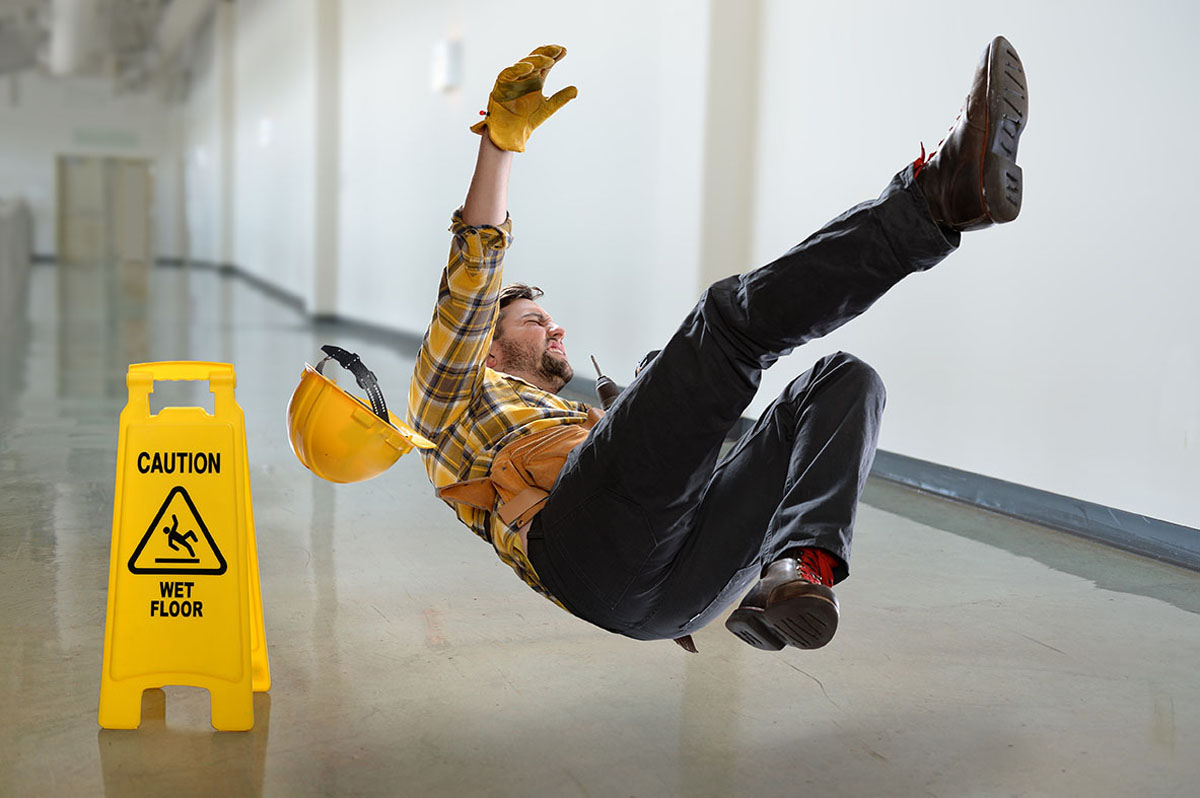Globally, more than 37 million falls severe enough to require medical attention occur each year based on information from the World Health Organization. While most aren’t life threatening, an estimated 646,000 people lose their lives as a result of injuries acquired in such an accident.

If you’re among the millions who’ve suffered a significant fall, feel free to schedule a consultation today with an experienced legal representative. First, though, it’s important to understand a few key differences between the most common types of falls.
A Brief Overview
Slip-and-fall and trip-and-fall are the most frequently occurring types of accidents in this category. To those on the receiving end of the injuries, how it transpired may not be quite as important the fact that it did. Of course, in the eyes of the law, the finer details matter greatly.
Getting Down to the Basics
On the most basic level, trip-and-fall accidents are caused by catching your foot on an obstacle. Uneven sidewalks, tree roots, pieces of rebar protruding from concrete floors, potholes in parking lots, unsecured carpets or floor mats and extension cords are a few common items falling into this category. They’re often called trip hazards because they increase the risk of this type of fall.
Slip-and-fall accidents, on the other hand, usually involve slick surfaces. Water, ice and oil tend to be popular culprits in this type of accident. Marbles, ball bearings, beads and other small, round objects could lead to a slip-and-fall as well.
Digging Deeper
In most cases, trip-and-fall situations cause victims to fall forward. Newton’s first law of motion applies here: an object in motion remains in motion unless acted upon by an outside force. In this scenario, the obstacle in question interacts with the victim’s foot, stopping its forward momentum.
The rest of the body, though, tries to remain in motion and ultimately goes down. These types of falls commonly result in knee and elbow injuries; broken hands, wrists or arms; facial damage and concussions. In addition to injuries caused by the impact, objects responsible for the fall may also do their share of harm.
In contrast, victims tend to fall backwards in slip-and-fall accidents. They essentially involve a loss of traction. Falls in this category often causes neck and hip injuries, herniated discs and injuries to the back of the head to name a few possible consequences.
Understanding the Legal Implications
Though some may not understand why these differences matter, they can have a significant impact on the way a case is viewed in court and how a property owner might be deemed at fault. Variations in types and amounts of compensation awarded to victims might also come into play.
Bottom Line
Home and business owners, job site foremen and property management companies are often ruled responsible in accidents involving falls. Construction or renovation teams working onsite, government agencies and material manufacturers might also be held accountable depending on the circumstances. Those in charge have a responsibility to take appropriate measures to prevent accidents. Should they fail to live up to this obligation, they could, by law, be deemed negligent.
If you’re injured in a slip or trip-and-fall or witness this type of situation, it’s important to take note of the conditions leading up to the accident. Was proper signage in place to warn passersby of the danger? Was there adequate lighting? Take pictures of the surrounding conditions if possible.
Even the smallest detail could impact a case of this type. Providing proof of injuries and any factors playing into the accident is crucial to the overall outcome. At the same time, ensuring the right people are held responsible for their negligent behaviors in such a situation could help prevent future injuries.
Leave a Reply